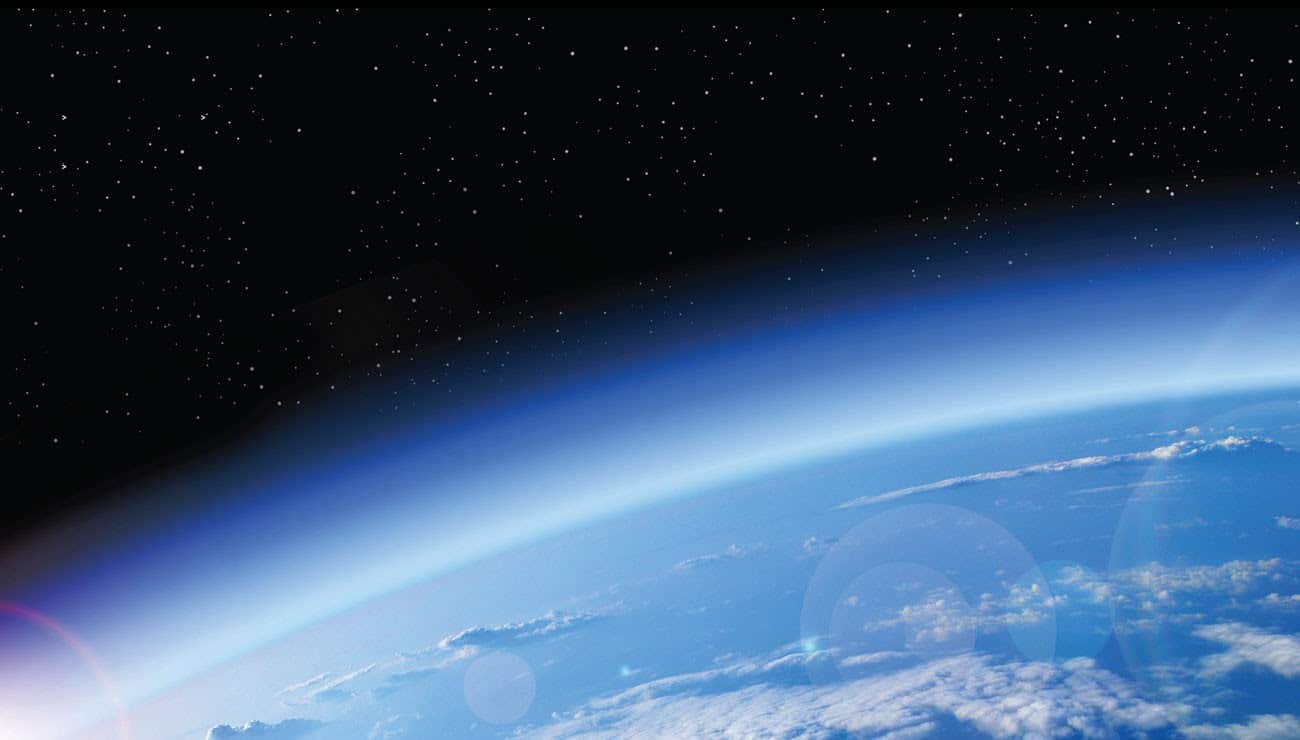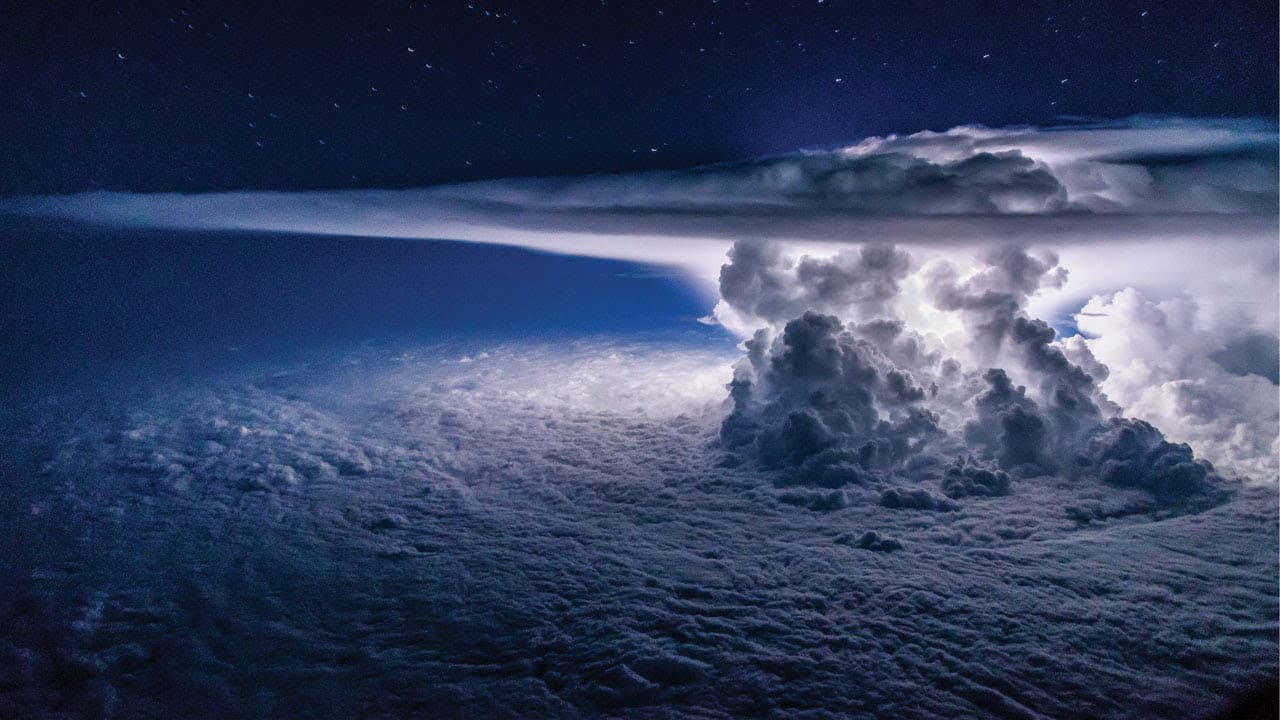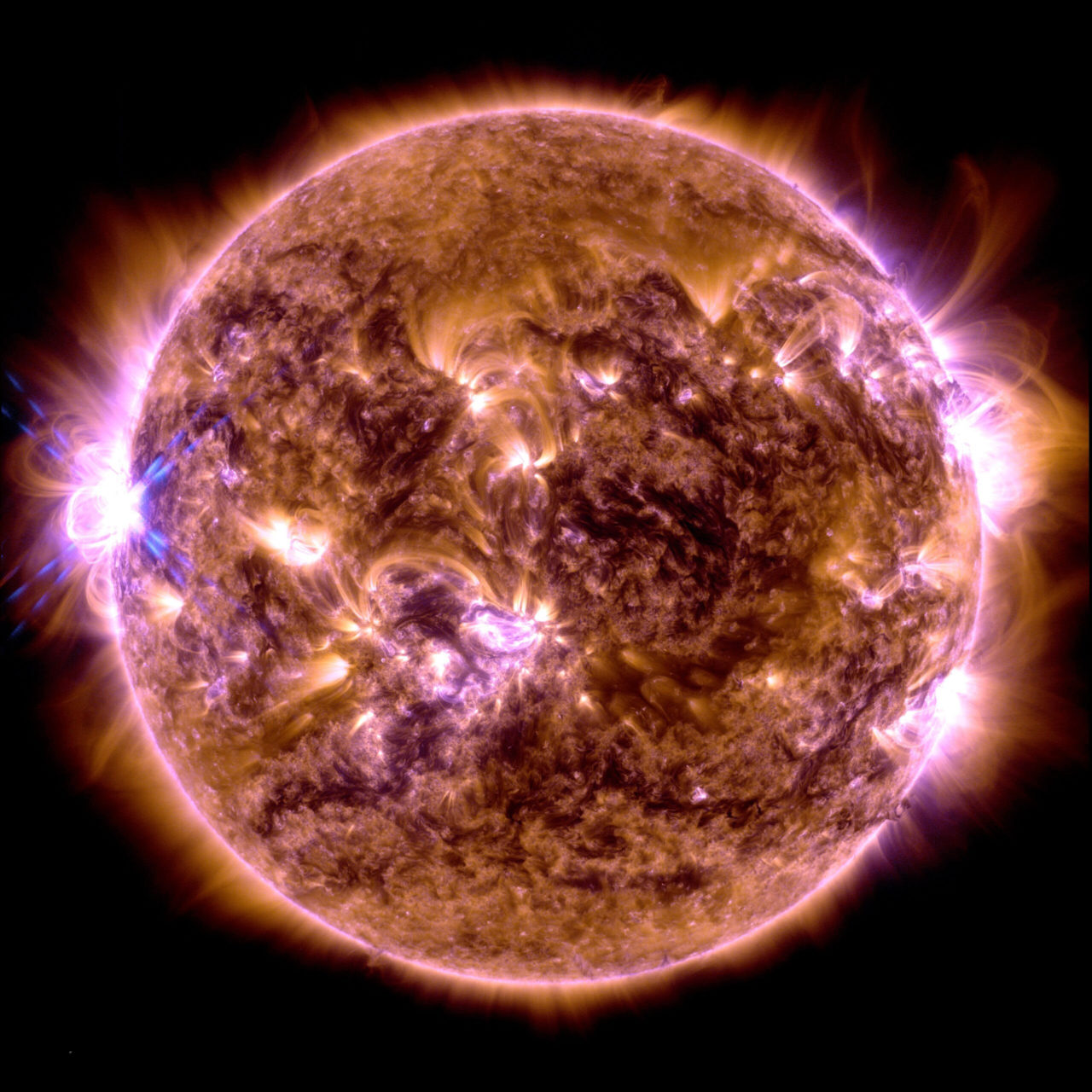
The stratosphere is one of five layers that make up the Earth’s atmosphere. The first layer is the troposphere, which extends from the earth’s surface to 8 to 15 km, depending on latitude and season. Most flying objects travel in this corridor, and only rockets and ballistic missiles in particular go beyond the troposphere. Next comes the stratosphere up to an altitude of 50 kilometers, then the mesosphere up to around 80 kilometers from the surface. The mesosphere is the transition zone between Earth and space.
This is where flying objects heat up as they re-enter the atmosphere. The fourth layer of the atmosphere is the thermosphere, between the upper limit of the mesosphere and 500 to 1,000 kilometers. This is the zone in which the International Space Station orbits. The final layer, which extends into the infinity of space, is called the exosphere.
As a general rule, the higher you go in the layers of the atmosphere, the lower the temperatures, but in the stratosphere the opposite occurs, with temperatures rising as you approach its upper level. This temperature inversion is due to the absorption of the sun’s ultraviolet rays. The layer of the stratosphere that absorbs this radiation and warms up is called the ozonosphere, as it is made up of ozone, a cousin of oxygen, formed from three oxygen atoms that capture the sun’s ultraviolet rays.
A particular feature of the stratosphere is the balance that occurs at its base between the heat transmitted by the ozone layer and the heat coming from the troposphere. The relative stability of this zone of the troposphere, at the limit of the stratosphere, makes it the preferred passage for commercial aircraft, as they are not subject to the turbulence associated with the convection of tropospheric heat.
Ozone is present in the stratosphere between 20 and 40 kilometers and captures the sun’s UV rays, protecting the Earth from excessive heat. But the massive use of chlorofluorocarbon (CFC) gases over the decades, due to their particularly stable, non-flammable, and non-corrosive properties, has led to a concentration of CFCs in our environment and even in the stratosphere.
Chemical reactions specific to these gases destroy the ozone layer and contribute to global warming. Despite restrictions on the use of CFCs since the 1980s, concentrations in the stratosphere continued to rise until the 1990s. Scientists estimate that the concentration should reach an acceptable level by the middle of the 21st century.
Until then, it is possible that the ozone layer will continue to suffer. Without ozone, life on Earth would only be possible in the oceans, at a depth where UV rays can be withstood, as was already the case 4,000 million years ago during the so-called Archean period.
The stratosphere may be one of the five layers of the Earth’s atmosphere, but it is also one of the most important since it is here that the ozone layer absorbs the sun’s UV rays, keeping the Earth’s temperature regulated and its atmosphere viable.
However, several factors play a role in the disappearance of the ozone layer, including the use of CFCs and other gases that contribute to global warming. A recent study published in Nature Communications in June 2021 shows that global warming is accelerating the destruction of ozone.
This study follows the observation, in spring 2020, of an ozone hole over the Arctic three times the size of Greenland, which closed naturally sometime later. It has been confirmed that greenhouse gases while warming the troposphere, cool the stratosphere, and the particular meteorological conditions over the poles support ozone destruction when very cold currents circulate and stabilize in the stratosphere.
The Arctic is a particular target, as this phenomenon usually occurs less frequently than over the Antarctic, but if stratospheric cooling over the Arctic were to become more regular, it would favor further ozone destruction and accentuate global warming. According to this scenario, put forward in the study by German, American, and Finnish researchers, all the greenhouse gases causing global warming should be targeted.
This is tantamount to considering the Montreal Protocol, signed in 1987, which reduced and banned the use of several ozone-destroying gases in the stratosphere, as insufficient to enable the ozone layer to recover properly.






